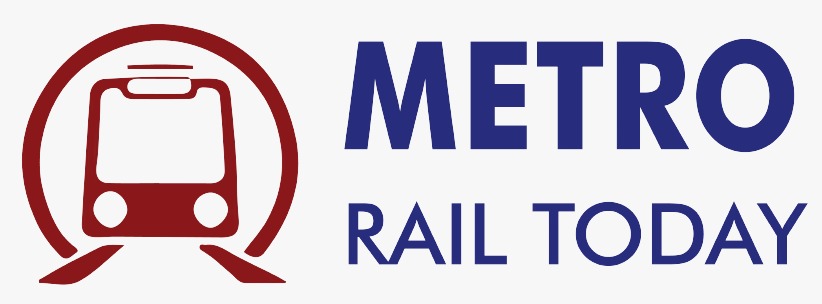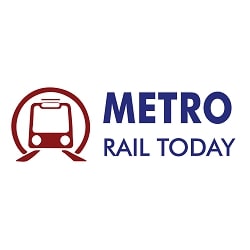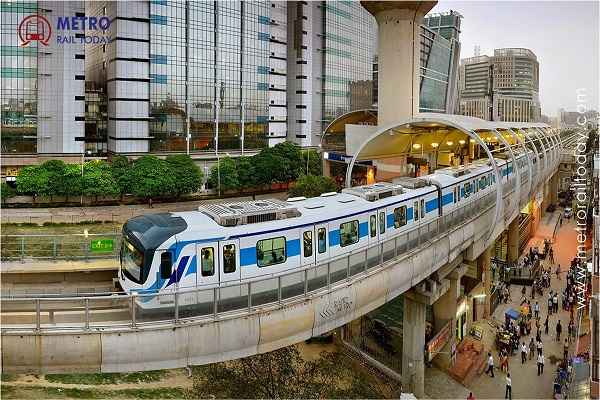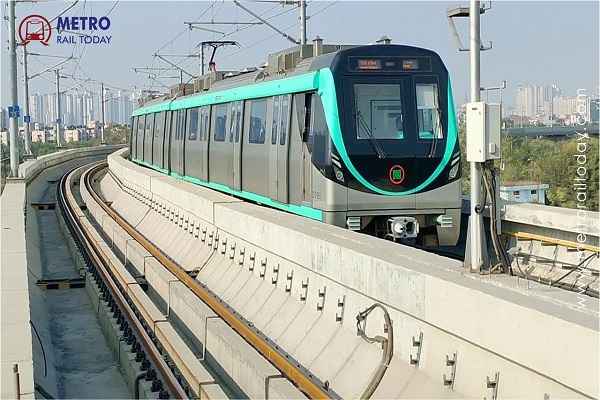 Ayesa India wins Design Consultancy Contract for Noida Metro Aqua Line Extension
Ayesa India wins Design Consultancy Contract for Noida Metro Aqua Line Extension Vossloh Cogifer bags Track Infrastructure Contract for Delhi Metro Phase 4 Corridors
Vossloh Cogifer bags Track Infrastructure Contract for Delhi Metro Phase 4 Corridors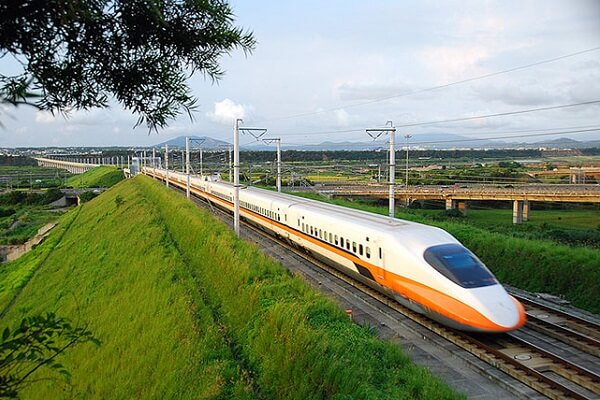 Railway finalised revised alignment for ₹16,000-crore Pune–Nashik Semi High-Speed Rail Corridor
Railway finalised revised alignment for ₹16,000-crore Pune–Nashik Semi High-Speed Rail Corridor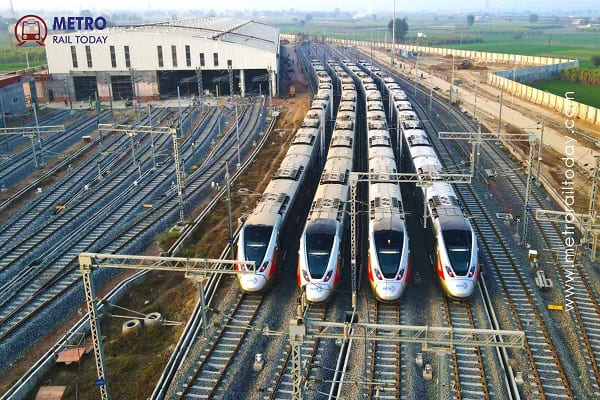 India’s First High-Speed, Signalling-Integrated CMV launched for Namo Bharat RRTS Corridor
India’s First High-Speed, Signalling-Integrated CMV launched for Namo Bharat RRTS Corridor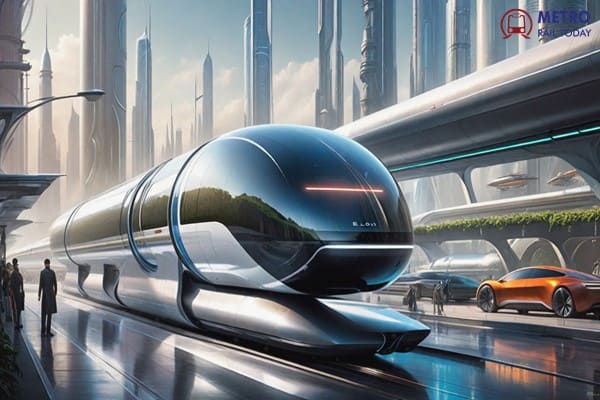 TuTr Hyperloop secures First-Ever Order from Deendayal Port Authority
TuTr Hyperloop secures First-Ever Order from Deendayal Port Authority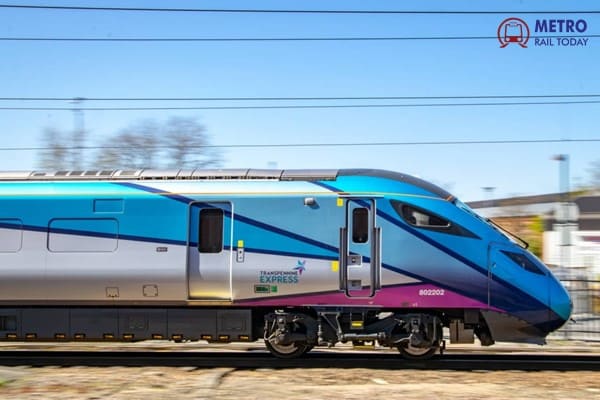 BEML bags ₹157 Crore Order from Loram Rail for Switch Rail Grinding Machines
BEML bags ₹157 Crore Order from Loram Rail for Switch Rail Grinding Machines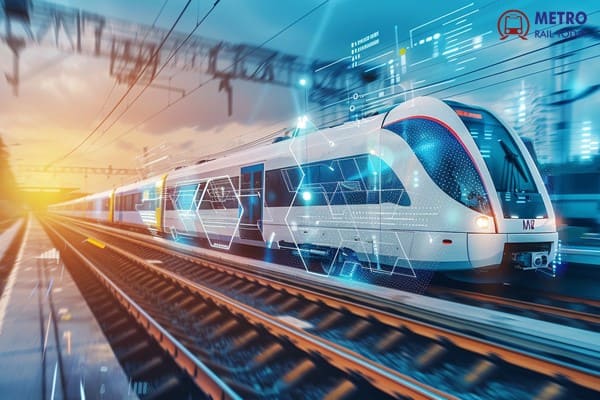 MxV Rail and KRRI forge Global Research Alliance to accelerate Next-Generation Rail Technologies
MxV Rail and KRRI forge Global Research Alliance to accelerate Next-Generation Rail Technologies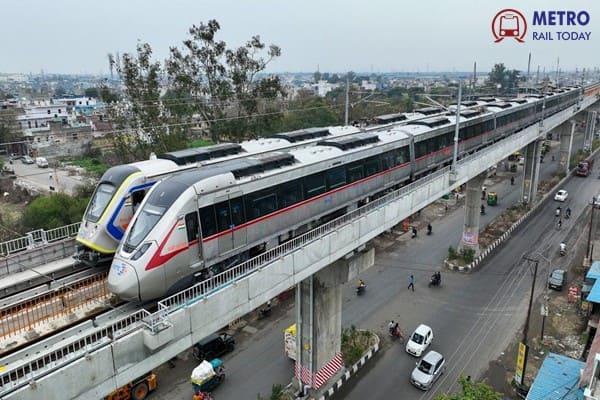 Uttarakhand seeks Pre-Feasibility Study for Meerut-Haridwar-Rishikesh RRTS Corridor
Uttarakhand seeks Pre-Feasibility Study for Meerut-Haridwar-Rishikesh RRTS Corridor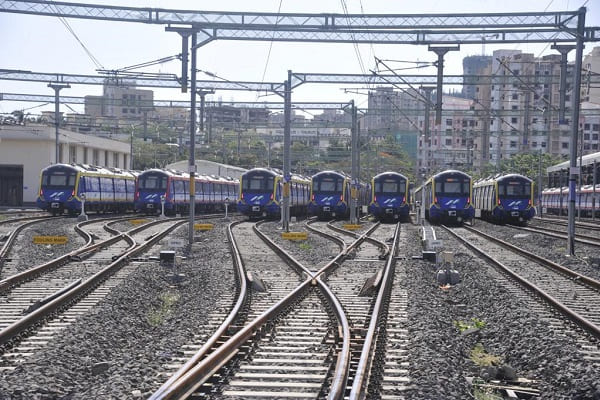 RIFTEK achieves major milestones in partnership with Indian Metro Rail Systems
RIFTEK achieves major milestones in partnership with Indian Metro Rail Systems Egypt all set to launch Alexandria Metro Phase 1 by 2026
Egypt all set to launch Alexandria Metro Phase 1 by 2026
Namo Bharat trial run begins on Delhi-Meerut's New Ashok Nagar-Sarai Kale Khan stretch
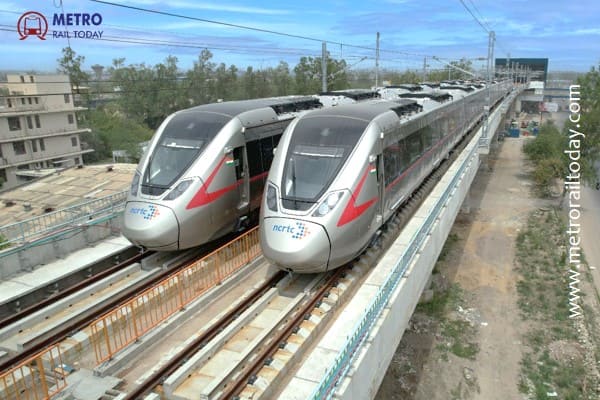
New Delhi, India (Metro Rail Today): In a major milestone for India's first semi high-speed regional transit system, the National Capital Region Transport Corporation (NCRTC) has initiated trial runs on the New Ashok Nagar–Sarai Kale Khan stretch of the Delhi–Meerut Regional Rapid Transit System (RRTS). This 4.5 km segment forms a critical link within the 82.15 km Delhi–Ghaziabad–Meerut corridor, expanding the operational reach of the Namo Bharat trains, India’s first RRTS fleet developed by Alstom.
The first trial run took place over the weekend, with a Namo Bharat train being cautiously moved at a speed of 10 kmph from New Ashok Nagar to Sarai Kale Khan. This initial test was conducted manually to ensure Schedule of Dimensions (SOD) clearances and to observe the train's interaction with the civil infrastructure, including viaducts and bridges. The highlight of the run was the successful crossing of the 1.3 km Yamuna River Bridge, a complex engineering structure supported by 32 piers, with a significant portion of its length spanning the river itself and its surrounding floodplains.
Constructed by Afcons Infrastructure under Package 6, this section also required a viaduct to be built over the congested Barapullah flyover and Ring Road, showcasing NCRTC's ability to deliver high-impact infrastructure in dense urban environments. Additionally, the section’s 25kV AC Overhead Equipment (OHE) was recently energized by IRCON International, further paving the way for full-fledged high-speed dynamic testing in the coming weeks.
At the southern terminal of the corridor, the Sarai Kale Khan RRTS station is nearing completion. Designed as a major multimodal hub, the station is equipped with 12 escalators, 4 lifts, and 5 entry/exit points, with Platform Screen Doors (PSDs) already installed. Work is progressing swiftly on the façade and roofing. Once operational, this station will seamlessly connect with Delhi Metro’s Pink Line, Hazrat Nizamuddin Railway Station, Veer Haqiqat Rai ISBT, and nearby Ring Road Bus Terminal, making it a benchmark for multi-modal integration.
NCRTC’s trial run also marks the first time a Namo Bharat train has crossed the Yamuna River, symbolizing a key geographic and symbolic milestone in the corridor's progress. Over the next several weeks, extensive system-level tests will be carried out to assess the train’s compatibility with subsystems such as signaling, platform doors, tracks, and power supply infrastructure. These will include high-speed dynamic trials, bringing the system closer to passenger readiness.
Currently, Namo Bharat services are operational on a 55 km stretch from New Ashok Nagar to Meerut South, covering 11 stations. The opening of the Sarai Kale Khan station will mark the beginning of full operations within Delhi’s 14 km stretch, which includes Anand Vihar (underground), New Ashok Nagar, and Sarai Kale Khan.
With steady progress and meticulous testing underway, the entire 82 km Delhi–Meerut RRTS corridor is on track to become fully operational by the end of 2025. Once complete, travel time between Sarai Kale Khan and Modipuram in Meerut will be under one hour, revolutionizing daily commutes and setting a new standard in Indian regional mobility.
